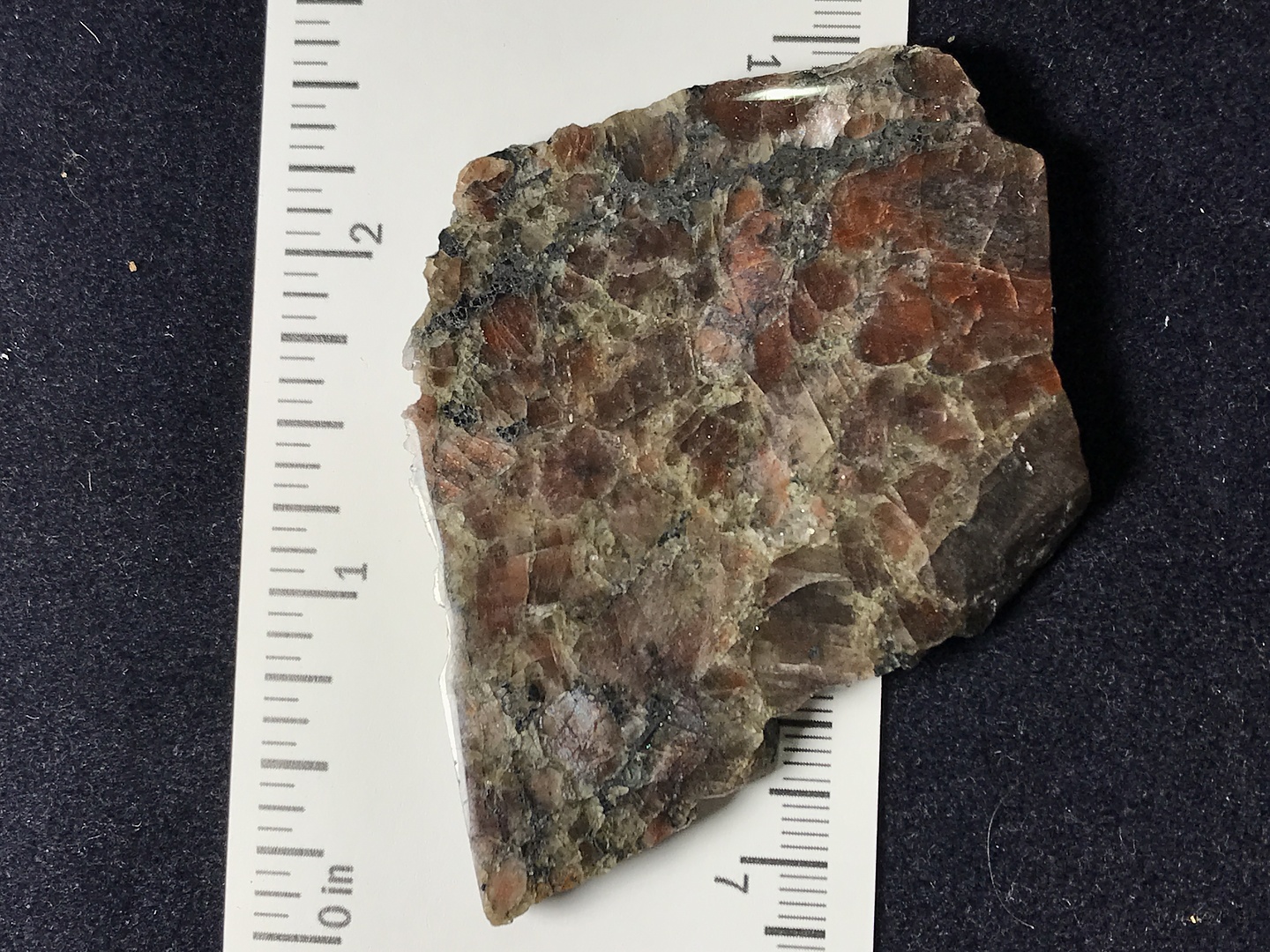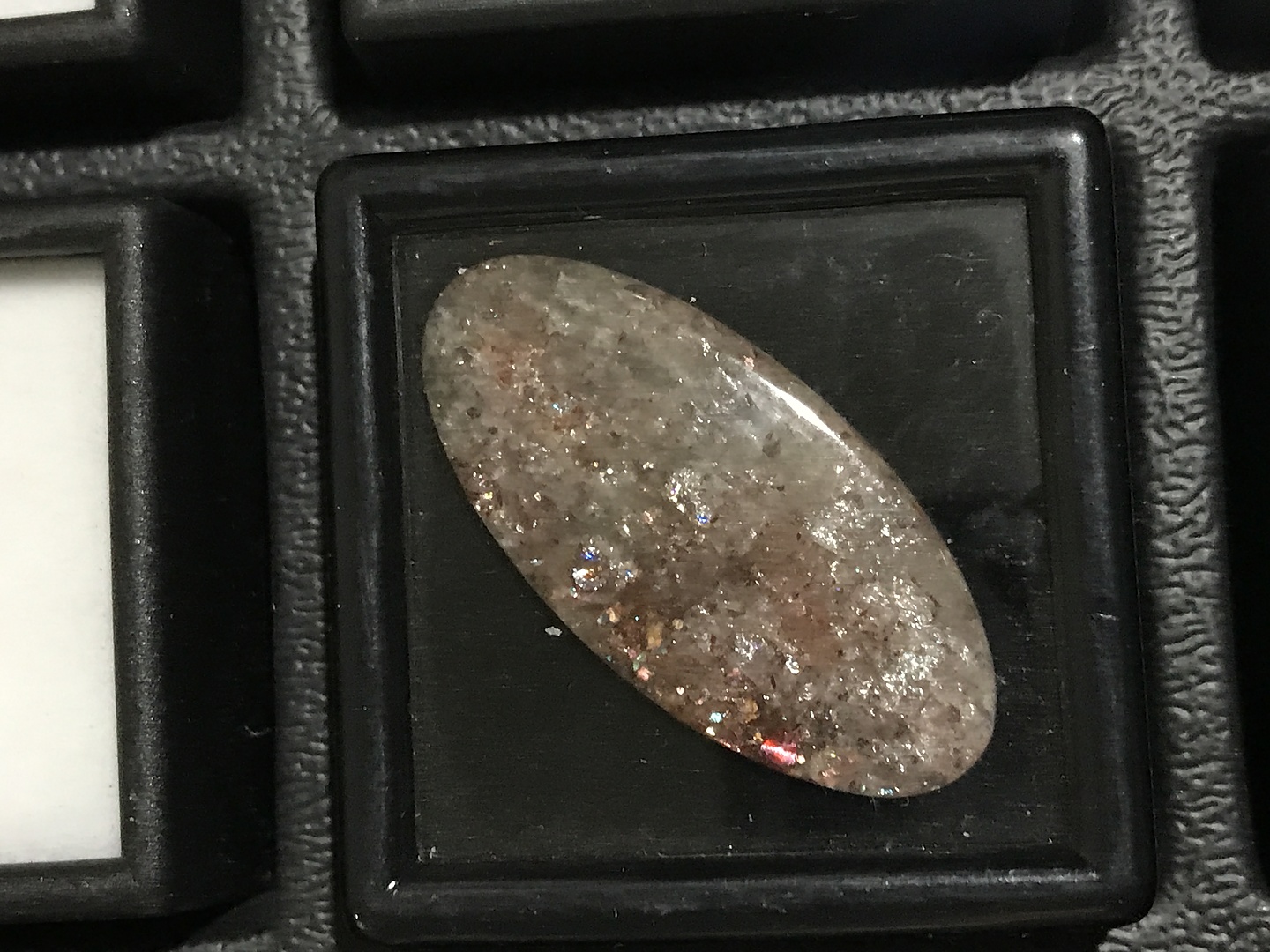Home PageAbout MindatThe Mindat ManualHistory of MindatCopyright StatusWho We AreContact UsAdvertise on Mindat
Donate to MindatCorporate SponsorshipSponsor a PageSponsored PagesMindat AdvertisersAdvertise on Mindat
Learning CenterWhat is a mineral?The most common minerals on earthInformation for EducatorsMindat ArticlesThe ElementsThe Rock H. Currier Digital LibraryGeologic Time
Minerals by PropertiesMinerals by ChemistryAdvanced Locality SearchRandom MineralRandom LocalitySearch by minIDLocalities Near MeSearch ArticlesSearch GlossaryMore Search Options
The Mindat ManualAdd a New PhotoRate PhotosLocality Edit ReportCoordinate Completion ReportAdd Glossary Item
Mining CompaniesStatisticsUsersMineral MuseumsClubs & OrganizationsMineral Shows & EventsThe Mindat DirectoryDevice SettingsThe Mineral Quiz
Photo SearchPhoto GalleriesSearch by ColorNew Photos TodayNew Photos YesterdayMembers' Photo GalleriesPast Photo of the Day GalleryPhotography
╳Discussions
💬 Home🔎 Search📅 LatestGroups
EducationOpen discussion area.Fakes & FraudsOpen discussion area.Field CollectingOpen discussion area.FossilsOpen discussion area.Gems and GemologyOpen discussion area.GeneralOpen discussion area.How to ContributeOpen discussion area.Identity HelpOpen discussion area.Improving Mindat.orgOpen discussion area.LocalitiesOpen discussion area.Lost and Stolen SpecimensOpen discussion area.MarketplaceOpen discussion area.MeteoritesOpen discussion area.Mindat ProductsOpen discussion area.Mineral ExchangesOpen discussion area.Mineral PhotographyOpen discussion area.Mineral ShowsOpen discussion area.Mineralogical ClassificationOpen discussion area.Mineralogy CourseOpen discussion area.MineralsOpen discussion area.Minerals and MuseumsOpen discussion area.PhotosOpen discussion area.Techniques for CollectorsOpen discussion area.The Rock H. Currier Digital LibraryOpen discussion area.UV MineralsOpen discussion area.Recent Images in Discussions
GeneralSunstone from Lincoln Tunnel

30th Jul 2018 01:39 UTCPu Tzu (2)
Here are some pictures of the material...that's all the information I have available to me.
If anyone can offer some insight I'd greatly appreciate it.

30th Jul 2018 03:07 UTCPaul Brandes 🌟 Manager
30th Jul 2018 05:47 UTCMark Heintzelman 🌟 Expert
Lincoln tunnel is cut through Hudson Palisades diabase at it's western portal, Manhattan Formation schist at some point of it's bedding and termination on the island. No such minerals were ever recorded as encountered in these areas. To my knowledge, Oligoclase itself was encountered only at midtown Manhattan but not of the sunstone variety. The closest recorded sunstone locality to Lincoln Tunnel is about 40 miles north of it, in the Fordham Gneiss at Chappaqua, NY.
Most likely this professor had indeed collected them, but far more likely at some other locality than the Lincoln Tunnel construction site he had once worked at.
Pseudocubic Calcite w/ minor pyrite on diabase (Lincoln Tunnel construction site (1934-37), Weehawken, Bergen Co., NJ)
ex Walter E. Kuenster collection #812 7.2 x 4.2 cm
30th Jul 2018 06:51 UTCDana Slaughter 🌟 Expert

30th Jul 2018 14:54 UTCKelly Nash 🌟 Expert
I'm a fanatical NYC & vicinity collector, and always looking to pump up the specimen photos from there in Mindat.

30th Jul 2018 15:30 UTCPu Tzu (2)
If anybody has any suggestions as to where this material may be from, I would greatly appreciate any help.
Thanks
8th Aug 2018 02:00 UTCHershel Friedman
I saw your post and have some information that may be helpful to you. Please take a look at this mineral I posted today:
https://www.mindat.org/photo-903122.html
This was from Joe Cilen's collection, and collected in the 3rd Lincoln Tunnel (the newest tunnel) which was under construction between 1954 and 1957. Joe's label. His label states albite, but this clearly looks more like microcline. As I mention on the page, this is most certainly from the Manhattan side of the tunnel with and not the diabase from the Weehawken (NJ) side of the tunnel. The back of it contains extensive muscovite mica with a silvery color.
This feldspar material does have the semblance of sunstone, as its the right color and texture, but its missing the iridescent sheen. Perhaps other material from the same find does have that sunstone-type of the iridescent effect.
Anyways, I hope to be in Springfield this weekend, and hope to see you there where we can chat about this in person.

8th Aug 2018 12:19 UTCWayne Corwin
That looks like Perthite to me, both albite & microcline.
See you in Springfield.
8th Aug 2018 14:35 UTCHershel Friedman
Thanks for the suggestion. There is definitely the veining indicating the possibility of more than one feldspar type, so perthite is a logical assumption. I still believe its from the Manhattan side of the tunnel as that assemblage is much more logical than the New Jersey side which is diabase. See you in Springfield hopefully! I'll be sporting a minerals.net cap so I should be easy to find.
8th Aug 2018 16:16 UTCMark Heintzelman 🌟 Expert
Fordham Gneiss is exposed only in the Bronx, but portions do extend into the subsurface of Manhattan, the Manhattan group schists themselves are frequently intruded with crosscutting granitic pegmatites, so the potential sources of encountering variable felspar group minerals is present, but I am troubled that in this area's long history, no record was ever made of such a discovery (again, to my knowledge).
These cut stones in particular look like rather fine examples, which only adds to my doubt of any assumptions for a N.Y.C. origin. Of course, it would be a shame if they actually were from an isolated occurrence of the tunnel workings, but the discovery kept hidden and as a result, now little more than a somewhat dubious claim, with no additional or previous observations in the region to lend it credence.
I'd be curious to hear what John Betts thought of these.
MRH

8th Aug 2018 17:13 UTCPu Tzu (2)
An update since I've been doing the research. I will follow up with more details in a day or two.
The stones were analyzed as Sanidine.
I have also tracked down 4 layers of the source...getting to the bottom of things as much as I can.
And I have confirmed as much as I can that they were collected by Mike Dubrowski who's father was a civil engineer who worked on the project.
As I said, more info will be posted as I find it...back to work
Oh yeah, this material will be at the Denver Show next month if you want to see it in person.
8th Aug 2018 18:08 UTCTony Nikischer 🌟 Manager
8th Aug 2018 18:44 UTCDonald Lapham 🌟
8th Aug 2018 19:01 UTCMark Heintzelman 🌟 Expert
You have Joe Cilen's card file?! "Extensive" is putting it mildly!
One of my Snake Hill Apophyllite from his collection is specimen #20,477. I understand his final count was over 23,000. I can only imagine . . .
MRH

17th Sep 2018 20:30 UTCKelly Nash 🌟 Expert




Mindat.org is an outreach project of the Hudson Institute of Mineralogy, a 501(c)(3) not-for-profit organization.
Copyright © mindat.org and the Hudson Institute of Mineralogy 1993-2024, except where stated. Most political location boundaries are © OpenStreetMap contributors. Mindat.org relies on the contributions of thousands of members and supporters. Founded in 2000 by Jolyon Ralph.
Privacy Policy - Terms & Conditions - Contact Us / DMCA issues - Report a bug/vulnerability Current server date and time: April 26, 2024 13:03:25
Copyright © mindat.org and the Hudson Institute of Mineralogy 1993-2024, except where stated. Most political location boundaries are © OpenStreetMap contributors. Mindat.org relies on the contributions of thousands of members and supporters. Founded in 2000 by Jolyon Ralph.
Privacy Policy - Terms & Conditions - Contact Us / DMCA issues - Report a bug/vulnerability Current server date and time: April 26, 2024 13:03:25






















